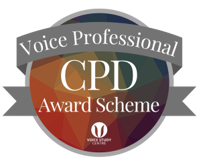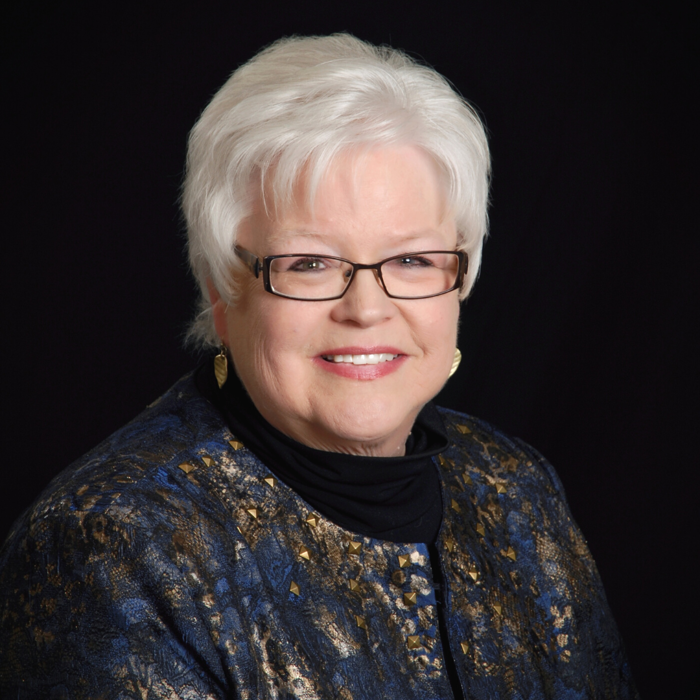Mastering Vocal Vibrato: The Science of Production and Perception
Tuesday 24th June 2025, 5:00 PM - 7:00 PM (London Time)
Vocal Vibrato: Production and Perception
Is vocal vibrato something that can and should be consciously controlled? What makes a ‘good vibrato’ and is there such a thing as ‘healthy’ and ‘unhealthy’ vibrato? Vibrato is a common musical feature, and yet it remains a controversial topic amongst pedagogues and singers.
In this session you will learn how vocal vibrato is produced and its acoustic properties. The history of vocal vibrato will be briefly explored, alongside current theories of vibrato production and how it is perceived. We will consider how vibrato has been studied and ways it can be analysed, revealing how vibrato is utilised in different contexts and in different musical genres to achieve different goals. In particular, different performance environments can impact vibrato, it can become an acoustic necessity, but also utilised as a stylistic tool. All these factors also change how we perceive vibrato, which can even influence our perception of tuning. The extent to which vibrato characteristics are a defining feature of an individual’s voice or a learned and controllable artistic tool will be considered in the context of how parameters of ‘good’ vibrato, including its regularity and extent have been identified and might be challenged. Ongoing research into the potential adaptation of vibrato when multiple singers ‘blend’ together will be shown with a discussion of how this might shed more light on our understanding of vibrato as a fundamental and powerful feature of the singing voice.
🏷️ Price £30 (UK VAT inclusive)
🎥 Recording automatically sent to all who book (even if you cannot attend live)
▶️ Rewatch as many times as you like
📜 Certificate of attendance available
Professor Helena Daffern
Helena is currently a Professor in Music Technology in the School of Physics, Engineering and Technology. She completed her PhD in Music Technology in the School of Physics, Engineering and Technology at the University of York in 2008 and obtained a Masters degree in singing performance from the University of York before training as a postgraduate at Trinity College of Music.

Attend this course for as little as £22 as part of the Voice Professional Training CPD Award Scheme.
Learn MoreSorry, this is an archived short course...
We have plenty of upcoming short courses coming soon. See details of some of them below or look at the full list of short courses.

Monday 12th January 2026
12:00 PM - 1:30 PM
Tuesday 13th January 2026
12:00 PM - 1:30 PM
Wednesday 14th January 2026
12:00 PM - 1:30 PM
Thursday 15th January 2026
12:00 PM - 1:30 PM
Tuesday 20th January 2026
12:00 PM - 1:30 PM
Wednesday 21st January 2026
12:00 PM - 1:30 PM
(London Time)
Level One Certificate in Accents and Phonetics

Louisa Morgan
Are you a voice, acting, or singing coach looking to expand your expertise and add accents and phonetics to your teaching repertoire? This 6-session course covers essential topics such as articulatory, acoustic, and auditory phonetics, the International Phonetic Alphabet (IPA), and ethical approaches to accent and dialect coaching. By the end of this course, you'll be equipped with the knowledge and practical skills to start to bring phonetics and accent coaching into your coaching and provide more comprehensive support to your clients.


Monday 12th January 2026
2:00 PM - 4:00 PM
(London Time)
Emerging and Developing Voice: Singing and Speech

Karen Brunssen
How does the singing voice influence the speaking voice? How does the speaking voice influence the singing voice? When is there a disparate relationship between the two? Can they help each other? Can one harm the other? How can we use them positively in the voice studio. During this short course we will consider the voice as we sing and as we speak. The acquisition of language is a very interesting journey from birth through old age. We will broach the topics of “lexical” which refers to learning words, and “semantic” which is how we use words in the context of language.


Monday 12th January 2026
5:00 PM - 7:00 PM
(London Time)
Perfectionism: A Theoretical & Clinical Overview

Dr David Juncos
What exactly is meant when we label ourselves or someone we know a perfectionist? It is a good to be this way? Or are you setting yourself up for failure? Can a performance psychologist or a other performance-related practitioner help you if you’re a perfectionist? In this short course, you will learn how perfectionism is defined according to popular models in clinical psychology, and whether it is maladaptive or adaptive. You will also learn how perfectionism impacts on music performance anxiety, in addition to other areas of importance for performing musicians, like work-related stress and burnout, and procrastination with one’s practice.
